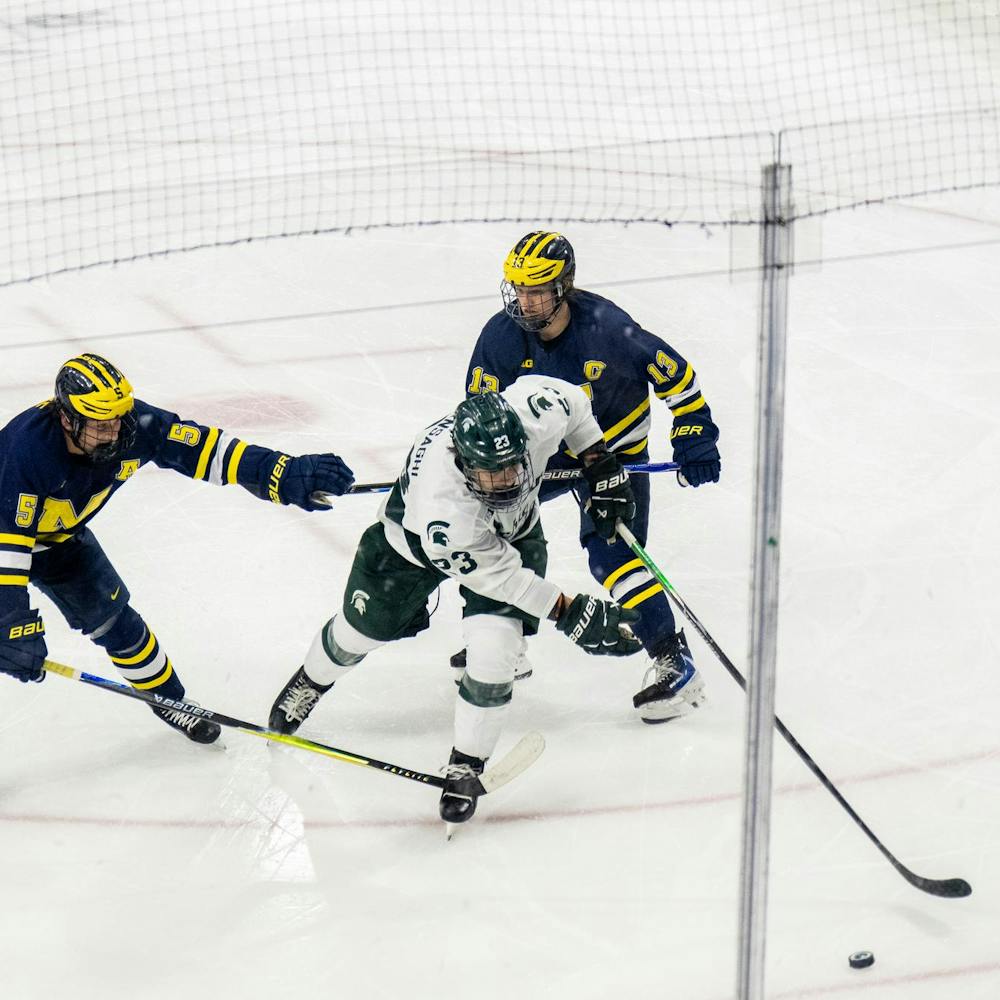The Lansing Lugnuts’ pitching staff ranks near the top of the Midwest League, even with the loss of four quality pitchers.
Angel Guzman, Mark Carter, Adam Wynegar, and Eric Brown have taken their collective 14-5 record to the Single A Daytona Cubs, but the Lugnuts (3-2 second half, 40-34 overall) still hold a 3.20 ERA this season - third best in the Midwest League.
The task of making up for those lost pitchers goes to pitching coach Mike Anderson, in his second year with the Lugnuts.
It might seem losing pitchers of that caliber would be an enormous burden on the team, but Anderson said it’s just a part of the minor league system.
“That’s what it’s all about,” Anderson said. “We have a lot of quality pitchers in the organization.
“It seems like when one guy goes, we’ve been able to replace him with a pretty good arm.”
Anderson said it’s easy to move new players into the rotation because the Chicago Cubs organization, which includes the Lugnuts, has a uniform pitching program for all it’s levels.
“There’s not one way to do everything,” Anderson said. “You have to get to know each player on an individual basis, and what they need to make them better.”
All-star left-hander Carmen Pignatiello (6-5, 3.57 ERA) said Anderson’s main emphasis is working the fastball.
“He tells us all to be real aggressive with the fastball and pitch on both sides of the plate,” Pignatiello said. “He’s really stressed me to throw my fastball.”
Anderson said most of the pitchers have the velocity to get into the big leagues. He said most just haven’t developed consistency and movement on pitches.
Pitchers throw one of two fastballs, a two-seam or a four-seam. The two-seam is more of sinking fastball, whereas the four-seam is the traditional straight pitch.
“For the majority of people the fastball is their No. 1 pitch and it needs to be,” he said.
In the minor league game, Anderson said the breaking pitches - curveballs, sliders, sinkers and splitters - are the most inconsistent facet of the pitching game.
“That’s the difference between these guys and the guys in the major leagues,” he said. “These guys here have the same stuff as a lot of those guys in the major leagues, but they are not as consistent with it yet.
“Most of it is just getting their repetitions in.”
Anderson works endless hours with the pitchers, but he said some things he has no control over. He used B.J. Benik’s knuckle-curve as an example.
Benik arrived with the pitch, and Anderson only has had to help with its situational use.
“It acts like a splitfinger,” Anderson said. “It’s been a very effective pitch for him.”
Anderson hasn’t helped develop the knuckle-curve, but Benik said he has taught him when to use it.
“He really teaches us situational pitching,” Benik said. “With a runner on base you have to make that quality pitch.”
But Benik said the key to the Lansing pitching staff still is the fastball, and Anderson has helped everyone on the staff develop confidence to use it.
“He really emphasizes throwing the fastball up, down and out,” he said. “Being able to throw it in any count, any situation and any location.”






